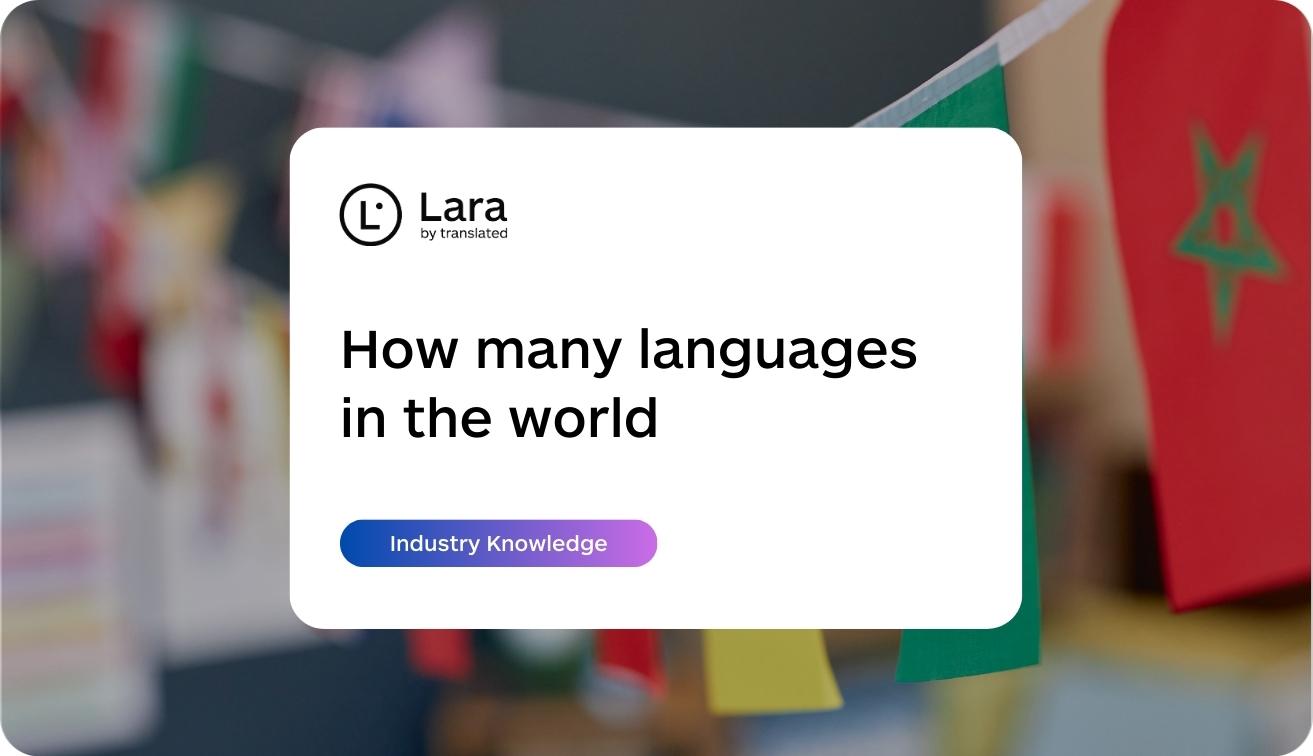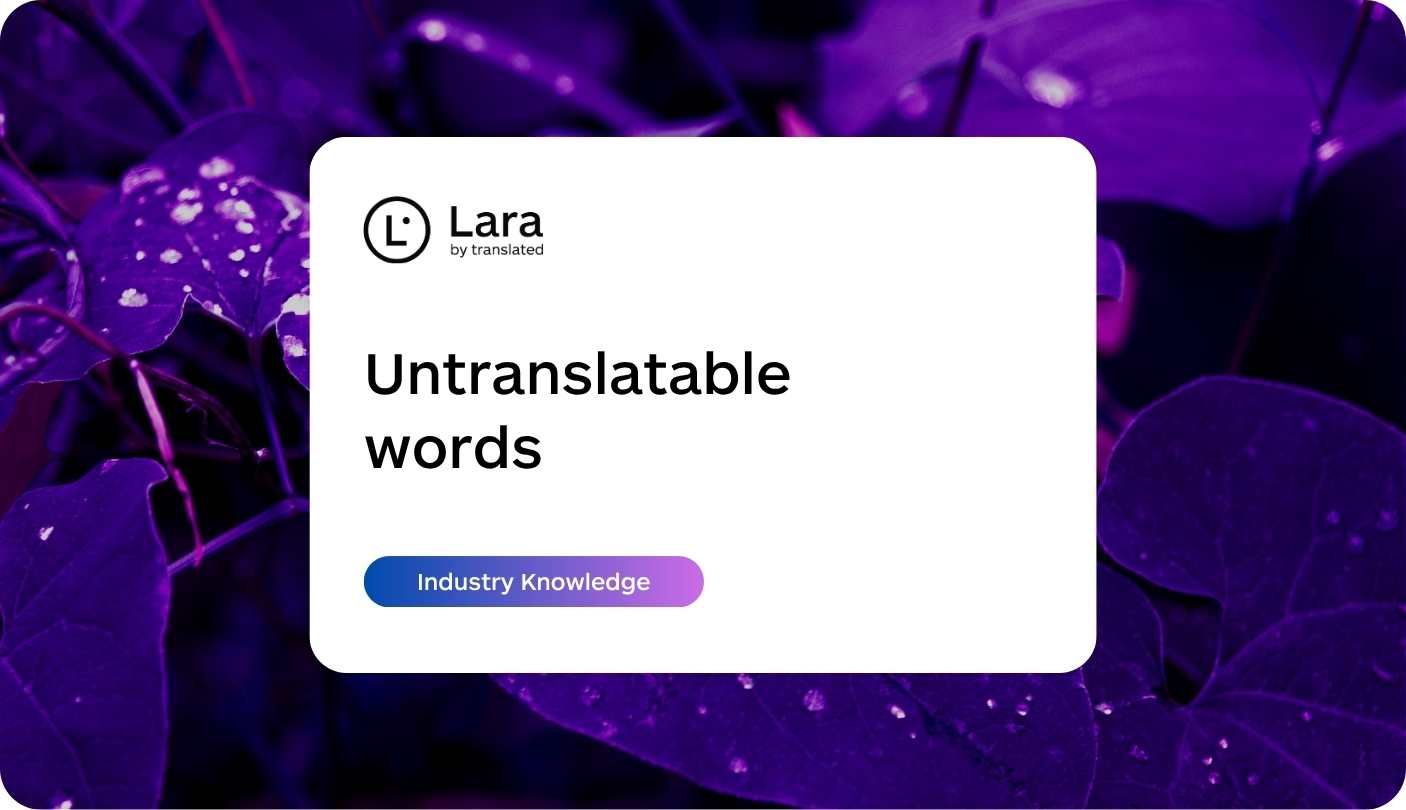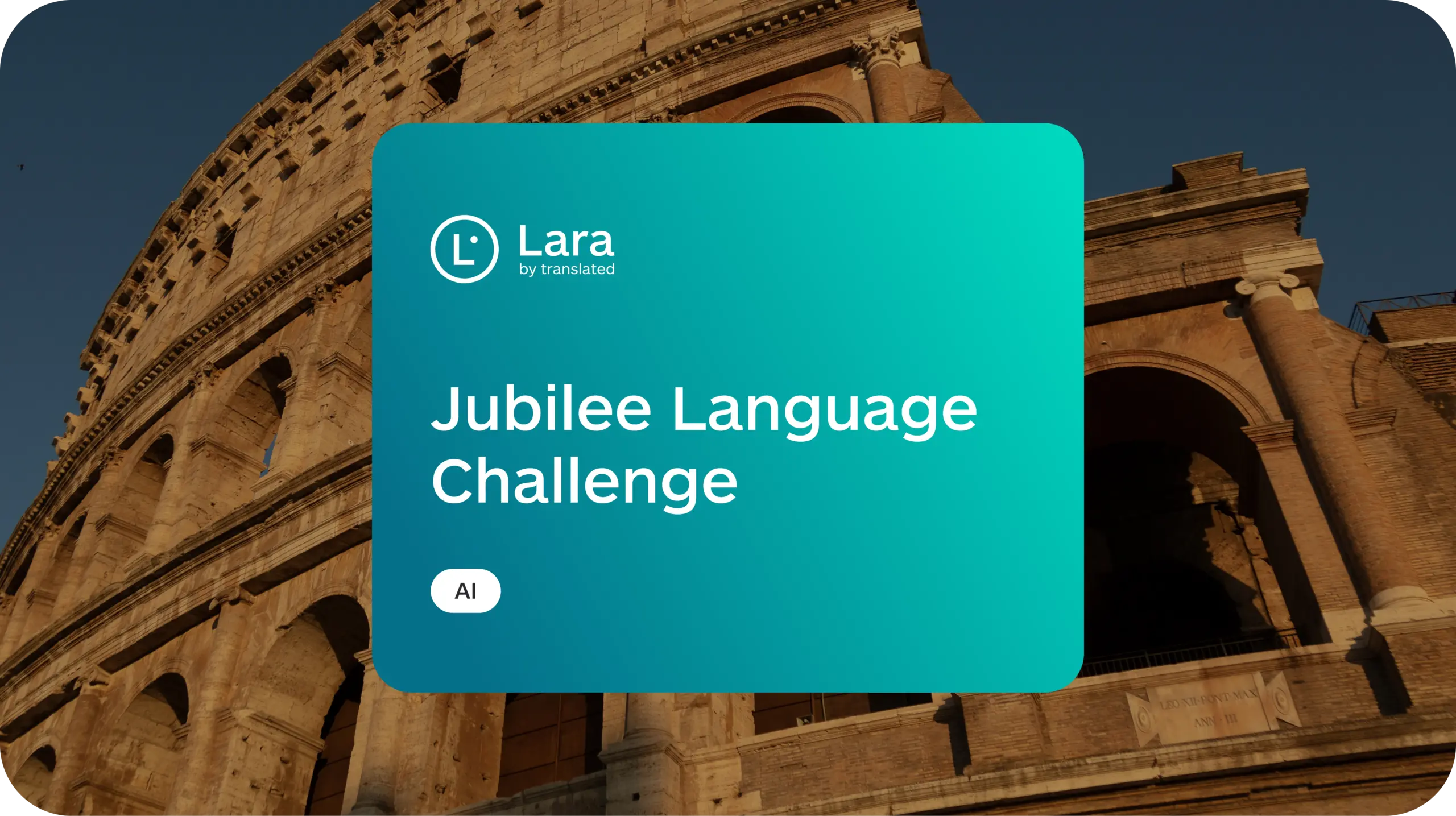When you stop to consider our planet’s remarkable linguistic diversity, the numbers might surprise you. From bustling global cities to remote villages, humans have developed thousands of unique ways to communicate through spoken languages as well as written systems. But exactly how many languages are spoken worldwide? Or how many languages are there in the world? The answer is both fascinating and complex, with important implications for global businesses and cross-cultural communication.
The total number of languages: a moving target
According to the most recent data from Ethnologue, widely considered the most comprehensive language database, there are approximately 7,151 languages spoken globally today. This figure represents the culmination of decades of linguistic research, though experts acknowledge it remains an estimate rather than a definitive count.
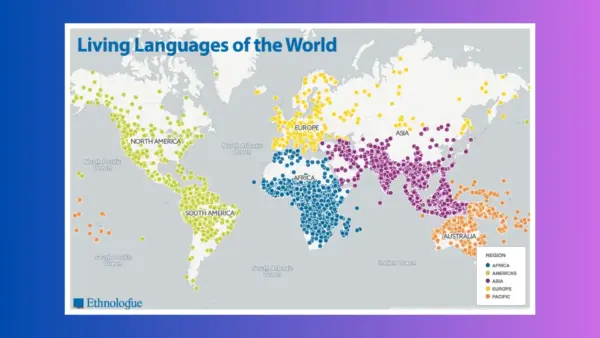
Why is it so difficult to determine the exact total number of languages? Several factors contribute to this challenge:
- The distinction between languages and dialects is often blurry and sometimes politically influenced
- Some languages spoken globally exist in remote areas with limited documentation
- New languages continue to emerge through evolution and cultural mixing
- Languages disappear at an alarming rate, with some estimates suggesting one language vanishes every two weeks
The UNESCO languages count generally aligns with these figures, with their data suggesting around 6,000-7,000 distinct languages worldwide. However, what’s particularly striking is how unevenly these languages are distributed across populations and geographies.
Languages spoken in each continent: Uneven distribution
The geographical distribution of the world’s linguistic diversity reveals surprising patterns:
- Asia: Home to approximately 2,300 languages (32% of the global total)
- Africa: Approximately 2,140 languages (30% of the world’s languages)
- Oceania: Despite its small population, hosts around 1,300 languages (18.5%)
- The Americas: Roughly 1,060 languages (15%)
- Europe: Only about 290 languages (4%)
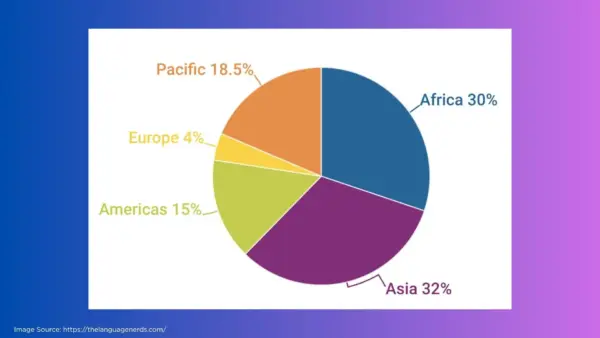
This distribution creates fascinating contrasts. For instance, Papua New Guinea, with just 9 million inhabitants, is home to over 840 different languages—more than three times the languages spoken in all of Europe combined. Meanwhile, the country with the largest population, China, officially recognizes just 302 living languages despite its 1.4 billion citizens.
The most spoken languages in the world
Despite the impressive number of languages spoken worldwide, only a small fraction dominates global communication. In fact, the top 20 languages are spoken by approximately 75% of the world’s population.
The top 10 most spoken languages in the world by total number of speakers (including both native and non-native speakers) are:
- English (1.348 billion)
- Mandarin Chinese (1.120 billion)
- Hindi (600 million)
- Spanish (543 million)
- Arabic (274 million)
- Bengali (268 million)
- French (267 million)
- Russian (258 million)
- Portuguese (258 million)
- Urdu (230 million)
These figures highlight an important distinction between primary and secondary language speakers. English, for example, has fewer native speakers than Mandarin but has become the global lingua franca for business, science, and international relations, giving it the largest total speaker population.
The language families of the world
From a linguistic perspective, the world’s languages can be categorized into language families based on their historical relationships and shared origins. These families help us understand how languages evolved and spread throughout human history.
The major language families of the world include:
- Indo-European: With over 3 billion speakers, this family includes most European languages, Persian, Hindi, Bengali, and many others. English, Spanish, French, German, Russian, and Portuguese all belong to this family.
- Sino-Tibetan: Includes Mandarin and other Chinese languages, Tibetan, and Burmese, with approximately 1.4 billion speakers.
- Niger-Congo: The largest family by number of distinct languages (about 1,400), spoken throughout sub-Saharan Africa by over 600 million people.
- Afro-Asiatic: Includes Arabic, Hebrew, Amharic, and various other languages of the Middle East and North Africa, with around 500 million speakers.
- Austronesian: Spans island Southeast Asia, Madagascar, and the Pacific Islands, including languages like Malay, Indonesian, Filipino, and Māori.

As you can see from this map, there are actually much more families. However, understanding these language groupings offers valuable insights for businesses approaching international markets, as languages within the same family often share structural similarities that can inform translation strategies.
How Lara Translate navigates linguistic complexity
For global businesses, the vast number of languages spoken worldwide presents both challenges and opportunities. Effectively communicating across language barriers is essential for reaching new markets and building international relationships. This is where advanced AI translation solutions like Lara Translate become invaluable.
Lara Translate leverages cutting-edge AI to provide high-quality translations covering most major global business languages. Unlike general-purpose large language models, Lara is specifically designed for professional translation needs, delivering contextually accurate translations that preserve meaning and nuance.
What sets Lara apart is its deep understanding of linguistic diversity and how languages actually function in real-world contexts. The platform doesn’t just translate word-for-word but grasps the subtle differences between official and regional languages, idiomatic expressions, and industry-specific terminology. This makes it particularly valuable for businesses expanding into unfamiliar linguistic territories.
Endangered and extinct languages: a crisis of linguistic diversity
While some languages thrive in our interconnected world, many others face an uncertain future. Of the 7,151 living languages currently documented, UNESCO classifies approximately 43% as endangered. Some linguists predict that up to 90% of all languages could disappear by the end of this century.
Several factors contribute to this crisis:
- Globalization and the increasing dominance of major languages
- Migration from rural to urban areas
- Lack of intergenerational transmission as younger generations adopt more widely spoken languages
- Limited institutional support for minority languages
- Dwindling speaker populations
Once a language disappears, we lose not just a communication system but an entire way of understanding the world, along with cultural knowledge, oral traditions, and unique perspectives on human experience. This makes language preservation not just a cultural priority but also an intellectual one.
The ethnologue database tracks these endangered languages, classifying them on a scale from “vulnerable” to “extinct.” Some notable examples of recently extinct languages include Eyak (Alaska), whose last native speaker died in 2008, and Livonian (Latvia), which lost its last native speaker in 2013.
The business implications of global language diversity
For international businesses, navigating this complex linguistic landscape requires strategic thinking. While English may serve as a common business language in many contexts, research consistently shows that consumers strongly prefer to shop and engage with content in their native languages.
Consider these statistics:
- 65% of consumers prefer content in their native language, even if the quality is lower
- 40% will never purchase from websites not available in their primary language
- Shopify reports that translation increases retail conversion rates by an average of 13%
This highlights the importance of thoughtful localization strategies that consider both spoken vs written languages and the specific cultural contexts in which they’re used. The choice of which languages to prioritize should be based on market research, target demographics, and business objectives rather than simply selecting the languages with the most speakers.
For many companies, the solution involves a tiered approach:
- Prioritize major business languages for complete localization
- Offer partial translation for secondary target markets
- Provide machine translation options for languages with smaller markets
- Continuously evaluate and adjust language offerings based on market response
By leveraging advanced translation technologies like Lara Translate in combination with human expertise, businesses can effectively bridge language gaps and create authentic connections with global audiences.
The future of linguistic diversity
What does the future hold for the world’s languages? While some language diversity facts paint a concerning picture of decline, there are also positive trends worth noting:
- Increased awareness of the value of linguistic diversity has spurred preservation efforts
- Digital technologies are creating new ways to document and revitalize endangered languages
- Some minority languages are experiencing resurgence through cultural pride and educational initiatives
- International organizations are supporting multilingualism and language rights
The tension between globalization (which tends to reduce diversity) and localization (which preserves it) will likely define the next century of linguistic evolution. For businesses, staying attuned to these shifts will be crucial for effective global communication strategies.
Languages aren’t static entities but living systems that evolve with their speakers. As our world continues to change, so too will the landscape of languages spoken globally, with new forms of communication emerging while others transform or fade.
Whether you’re a language enthusiast or a business professional looking to expand globally, understanding our world’s remarkable linguistic diversity provides valuable context for effective cross-cultural communication in today’s interconnected world.
FAQ about world languages
How many living languages exist today?
According to Ethnologue’s latest data, there are approximately 7,151 living languages currently in use around the world. However, this number is constantly changing as languages evolve, emerge, or become extinct.
Which country has the most languages?
Papua New Guinea has the greatest linguistic diversity, with approximately 840 different languages spoken within its borders, despite having a population of just 9 million people.
How many languages are expected to survive this century?
Linguists estimate that between 50-90% of the world’s languages could disappear by 2100, meaning potentially fewer than 700 languages might remain as active, thriving languages by the end of this century.
What’s the difference between a language and a dialect?
The distinction is often blurry and sometimes political. The common saying “a language is a dialect with an army and navy” highlights how political factors often determine what’s considered a distinct language versus a dialect of an existing language.
Are new languages still being created?
Yes, languages continue to emerge through various processes. Creole languages develop when different language communities interact over time, sign languages evolve in deaf communities, and constructed languages are deliberately created for various purposes.
This article is about:
- The global diversity of languages, including the most spoken ones and how they are distributed across continents
- Major language families and what they reveal about the shared origins of world languages
- The threat facing endangered languages and ongoing preservation efforts
- How technologies like Lara Translate support global business communication in a multilingual world
